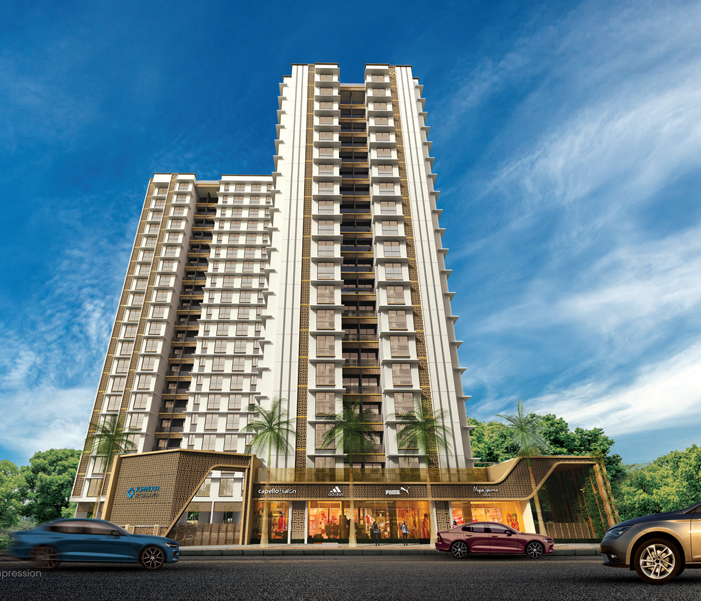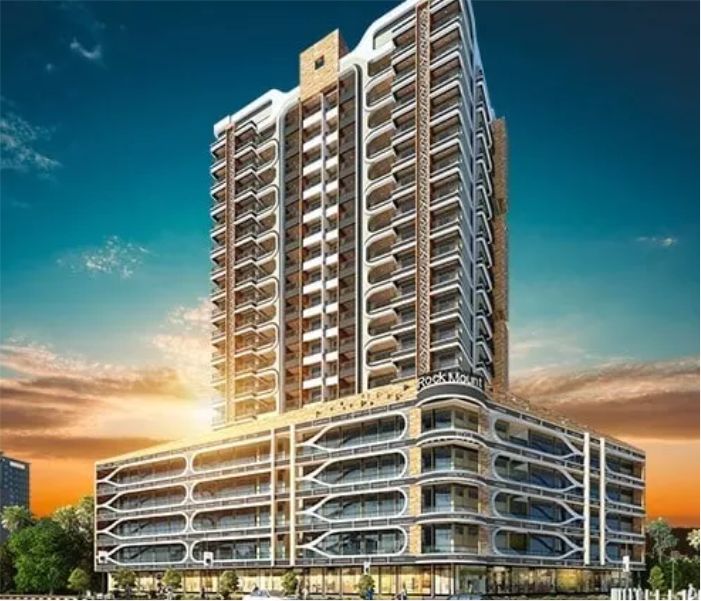
According to a well-ordered directive from the Commissioner and Registrar of Cooperative Cultures in Pune, conservation rates under the Maharashtra Apartment Ownership Act, 1970, shall be designed rendering to the area of the dwelling unit. To identify how the move will influence the homeowners, read further.
The Commissioner and Registrar of Cooperative Cultures, Pune, has engrossed that maintenance charges for housing units in the State dipping under the realm of the Maharashtra Apartment Ownership Act, 1970, will be restrained as per the unit’s area. However, this order does not smear to flats listed under the Cooperative Societies Act, of 1960.
What acts govern residential units in Maharashtra?
Residential buildings in the State are ruled by either the Apartment Ownership Act or the Cooperative Societies Act. This command will benefit almost 50,000 constructions in the State that are listed under the Apartment Ownership Act. Though, over 1.2 lakh cooperative housing societies present in Maharashtra will not be gifted to take benefit of the order.
What is a cooperative housing society?
A cooperative housing society is an independent project where the homeowners come together to form a community on some common ground like profession, region, or interests, to name a few. Cooperative housing societies are mainly popular in Maharashtra and are ruled by the Cooperative Societies Act, of 1960. Of the many positives of such a housing society, self-improvement is an important takeaway that helps confirm the timely conservation of the project.
Know all about maintenance charges
Every residential society levy maintenance responsibility for the upkeep of amenities. The prices may or may not be carried at the time of obtaining a house, but they have an important bearing on the overall cost of living. So, before you finalise the deal, you must know what you are validating up for in the longer run.
Purchasing a home in a gated communal is a costly affair, and so is existing in one! The costs do not end at the acquisition price of a home. Added facilities and facilities come with the accountability of maintaining the same. For this reason, residential societies seek ‘maintenance charges’ from the residents, which may change from Rs 1 to Rs 3 per sq. ft, totalling up to a considerable amount every month. Most often, developers do not carry these prices to the buyers at the time of purchasing the unit. However, gainful maintenance later drives the cost of living meaningfully up. Thus, if you are looking for a home in a residential society, it is authoritative to know all the nuances of keep charges, which are charged either monthly or yearly.
What does maintenance consist of?
Selected amenities provided to citizens are included in the upkeep of society. For the routine maintenance of essential services and infrastructure, such as parks, lifts, fire safety, parking, common spaces, electricity and water supply, among others, the Residents' Welfare Association (RWA) or the builder may pay a small fee.
The upkeep cost is often charged upfront for the first year after the project is transported by the developer, who also takes care of any societal responsibilities. When the RWA is recognized, the developers turn over the running of the organisation to the working body so that they can gather fees and carry out maintenance actions in accordance with their conditions.
Regulation of maintenance
With the application of the Real Estate (Regulation and Development) Act, 2016 (RERA), developers have been instructed to clearly state all the charges in the builder-buyer agreement counting fees, agenda of payment, and a proper failure of the same to avoid any discrepancy. Furthermore, to safeguard the buyers' interest, RERA has made the designers accountable for any structural issues relating to construction quality within the first five years of the project delivery and orders them to provide free-of-cost services in such cases. The failure to comply with the rules stated under RERA makes developers responsible to face legal consequences.
Criteria for charging maintenance apartment in Kalyan
Ideally, the maintenance charges are levied per sq. ft for each unit or flat. The cares for services such as cleaning, waste collection, apparatus usage, repair and upkeep of common amenities such as lift are alienated equally among the occupants of all units. The usefulness bills (water and electricity), however, are exciting as per individual consumption.
What is Interest-Free Maintenance Security (IFMS)?
You may have regularly observed the term Interest-Free Maintenance Security (IFMS) in the price destruction at the time of reserving a flat. IFMS is a lump sum amount that the developer controls in lieu of maintaining the society until the RWA is formed. The amount, if remaining at the time of formation of the RWA, is transported to the association for carrying out the conservation activities. The IFMS helps the builders to arrange the teething issues after bringing a project or augmenting the amenities in society such as spreading a park or adding an extra layer of security.
Impact of GST on maintenance charges
In the Pre-Goods and Services Tax (GST) era, a Service Tax of 15 per cent, a non-agricultural tax of 0.5 per cent, and a Swachh Bharat Cess of 0.5 per cent were applicable on the conservation charges. However, under the GST regime, residential humanities collecting an aggregate of over Rs 20 lakh as maintenance charges must levy an 18 per cent GST on the homeowners. Monthly maintenance prices below Rs 7,500 are exempt from GST.
"Maintenance charges in residential societies fall under the 18 per cent GST slab," says Madhav Mishra, General Manager of Axiom Land base. Residents in the same State as the project, though, must pay an I-GST of 9%. For second, you would wage 9% GST on upkeep fees if you were a resident of Haryana and purchased a property in Gurgaon. However, if you are a Delhi resident and purchase or rent property in Gurgaon, you would be subject to an 18% GST.


.jpg)
Recent comments(0)